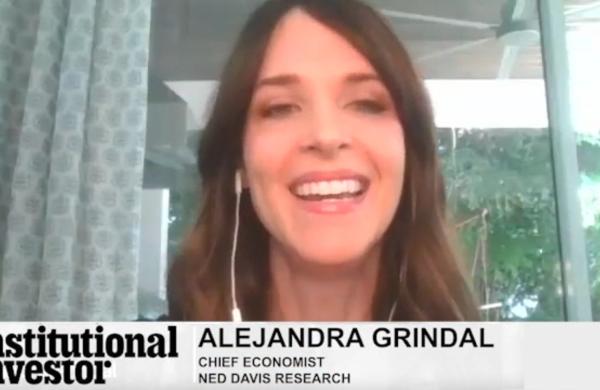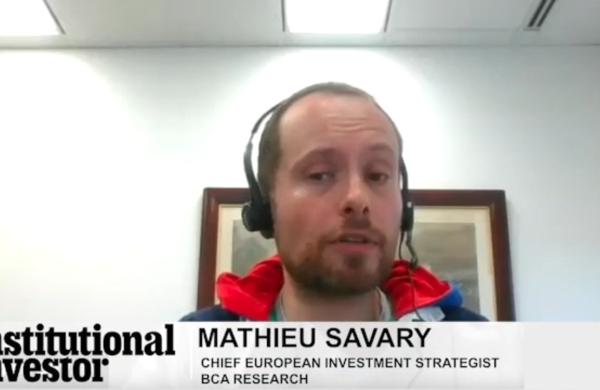Pension plans and endowments have been trying and failing to outperform the market since the global financial crisis. Richard Ennis, one of the founders of the investment consulting industry, believes that it’s time to go passive.
In his third and concluding paper dissecting the performance of pension funds and endowments over the last few decades, Ennis argued that the way to improve institutional fund performance is to cut down on external managers and shift more assets to low-cost passive strategies. While he conceded that it’s unlikely that endowments will go all in on index funds, Ennis said that aggressively simplifying their portfolios could give them a fighting chance at success.
“My term for the whole of institutional investing as we know it today is The Great Game,” Ennis wrote in the paper. “The Game has many types of participants. All of them — trustees, staff, consultants, investment managers and market-makers of all types — are agents of the stakeholders. The agents have incentives to maintain the status quo, to keep the The Game alive, as it were. It is time for those at the top of the heap of agents — the trustees — to awaken to the realities of contemporary institutional investing and to change the way The Game is played.”
Ennis founded EnnisKnupp, one of the many investment consultants that advised institutional investors on the strategies that he is now critiquing.
Institutions have deployed complex strategies including more expensive alternative investments to not only outperform the market but to protect themselves from market downturns. Endowments, in particular, can’t afford to have their portfolios decline significantly in value from a stock market crash at the same time that their major donors are also experiencing the same thing.
Ennis wrote that these institutions, however, aren’t diversifying correctly.
“Indeed, endowments have been moving in the direction of greater diversification in recent decades,” he wrote. “What they need to do now is replace grossly inefficient diversification approaches with economic diversification. The only way to do this is to introduce a large passive core. A sufficiently large passive core combined with 20 or so actively managed portfolios can achieve sufficient diversification to comport with contemporary institutional diversification standards.”
[II Deep Dive: Are Alternatives Bad for Endowments?]
According to the paper, a composite of 46 large public funds underperformed a passive benchmark by 1.52 percent each year for the 12 years ending June 30, 2020. The public plans underperformed the benchmark in 11 out of the 12 years.
“The bottom line on public fund performance is that underperformance of 152 bps per year on $4.5 trillion in assets translates to an outright waste of stakeholder value of $68 billion annually, a figure I find astonishing,” Ennis wrote.
Ennis found that large institutional investors in the U.S. use far too many managers and pay far too much for them. Institutions pay between 1 and 2 percent of total assets annually in fees and other costs and underperform passive benchmarks by 1.5 to 1.8 percent, according to the paper.
Large endowments have done even worse since the global financial crisis, Ennis said. He cited returns from NACUBO for endowments with more than $1 billion. This group delivered negative excess returns of 1.87 percent over the 12 years ending in June 2020. Ennis said endowments fared worse because they pay more for investments, given their preference for expensive alternatives such as private equity and hedge funds.
But small endowments and other non-profit organizations were hurt the worst by filling their portfolios with alternative and other investments, according to Ennis.
Between 1974 and 2019, a 46 year period, endowments with less than $25 million in assets had negative average annual returns relative to their benchmark. They outperformed by 1 percentage point or more in only three of the 46 years. Ennis attributed their failure to, among other things, having to pay the highest fees, because they lack the size and power to negotiate better rates.
“For nearly half a century, institutions with small endowments have been contributing more than 1 percent of their assets annually to the investment management and brokerage industries without benefit,” Ennis wrote.
The former consultant has some recommendations to try and improve performance at endowments. He suggested that endowments could index two thirds of their stock and bond allocations and have a bucket for actively managed traditional and alternatives funds.
Ennis also said that funds should put the kibosh on certain endowment investing rules that make no sense to him.
“Assume further there are no ‘quotas’ to fill in individual areas of investment, such as placing 10 percent in private equity or 15 percent in hedge funds,” he wrote. “Assume also that the size of the passive core varies with perceived opportunities for profitable active investments.”







